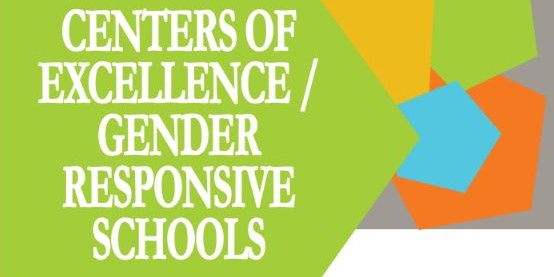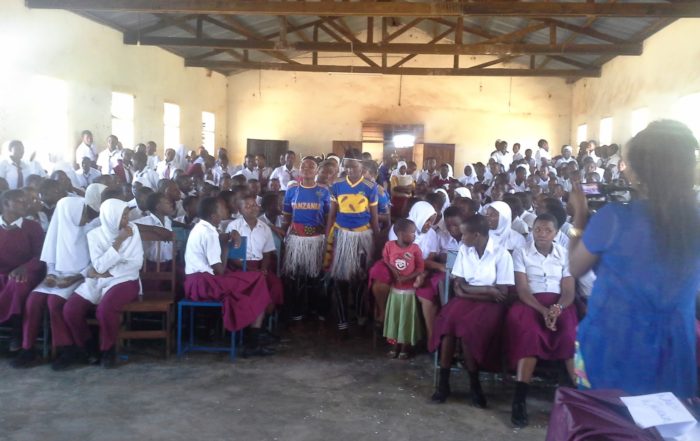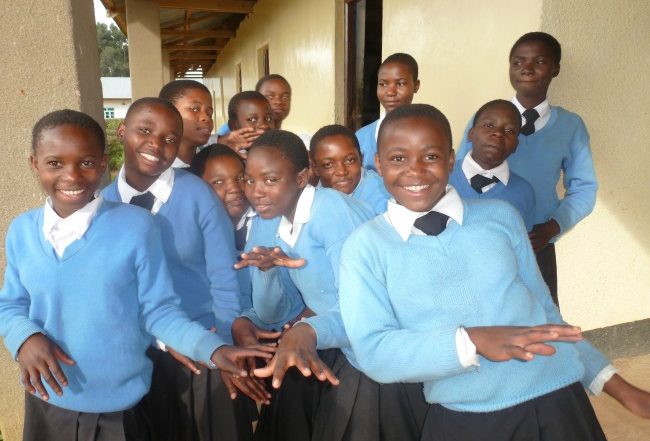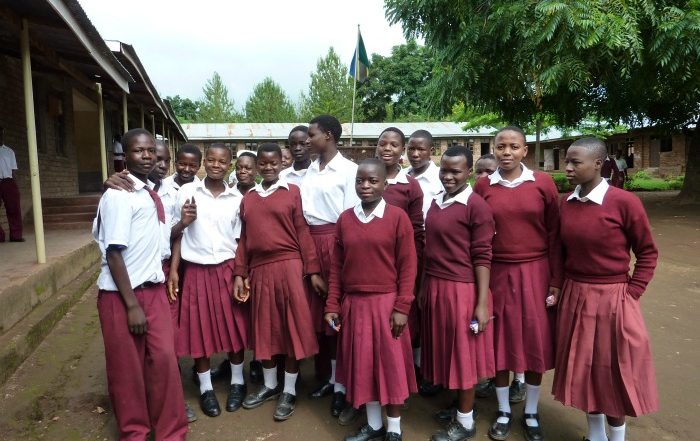Centres of Excellence
Transforming an ordinary school and its surrounding community into an environment that is academically, socially, and physically gender responsive. Many girls drop out of school or suffer poor academic performance because of unfavourable learning environments.
By contrast, FAWE’s experience shows that girls excel academically and are better equipped to face challenges that hinder their education when they have:
- Teachers who are trained to meet their needs;
- Learning materials that portray them in positive and equitable ways;
- A school environment that is welcoming and conducive to learning; and,
- A community of adults who support them.
FAWE has developed the Centre of Excellence (COE) model through which ordinary schools are transformed into gender-responsive schools that offer quality education and pay attention to the physical, academic and social dimensions of both girls’ and boys’ education.
Centres of Excellence were initiated in 1999 and have been introduced in Burkina Faso, Chad, Comoros, The Gambia, Guinea, Kenya, Madagascar, Namibia, Rwanda, Tanzania, Togo, Uganda, Zambia and Zanzibar. COEs show that girls’ retention and performance can be enhanced if they are provided with a school environment that is fair and conducive to learning. More than 6,500 students have benefited from FAWE’s COEs since 1999.
Features of FAWE’s Centres of Excellence
- Gender-responsive school management training for school directors and head teachers.
- Gender-responsive pedagogy training for teachers.
- Science, Mathematics and Technology programme for girls.
- Bursaries for underprivileged girls.
- Empowerment training for girls and boys.
- Sexual maturation management programme targeting girls.
- Gender-responsive school infrastructure.
- Community involvement in school management.
Impact of FAWE’s Centres of Excellence
- Improved academic performance and achievement for girls.
- Greater participation by girls in classroom processes.
- Higher retention rates.
- More girls in school committees and leadership roles.
- Reduction in teenage pregnancies.
- Higher gender awareness among boys in mixed COEs.
Activities in Centers of Excellence
Bukomero Senior Secondary School, Uganda
Established 2009 324 female students 393 male students 10 female teachers [...]
Mgugu Secondary School, Tanzania
Established 2001 26 female students 21 male students 3 female teachers [...]
J.J. Mungai Secondary School, Mufindi District, Tanzania
Mixed secondary school COE components Bursaries for underprivileged Gender-Responsive Pedagogy training [...]
Lufilyo Secondary School, Rungwe District, Tanzania
Mixed secondary school COE components Bursaries for underprivileged Gender-Responsive Pedagogy training [...]









